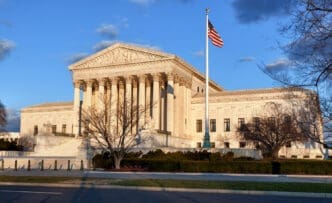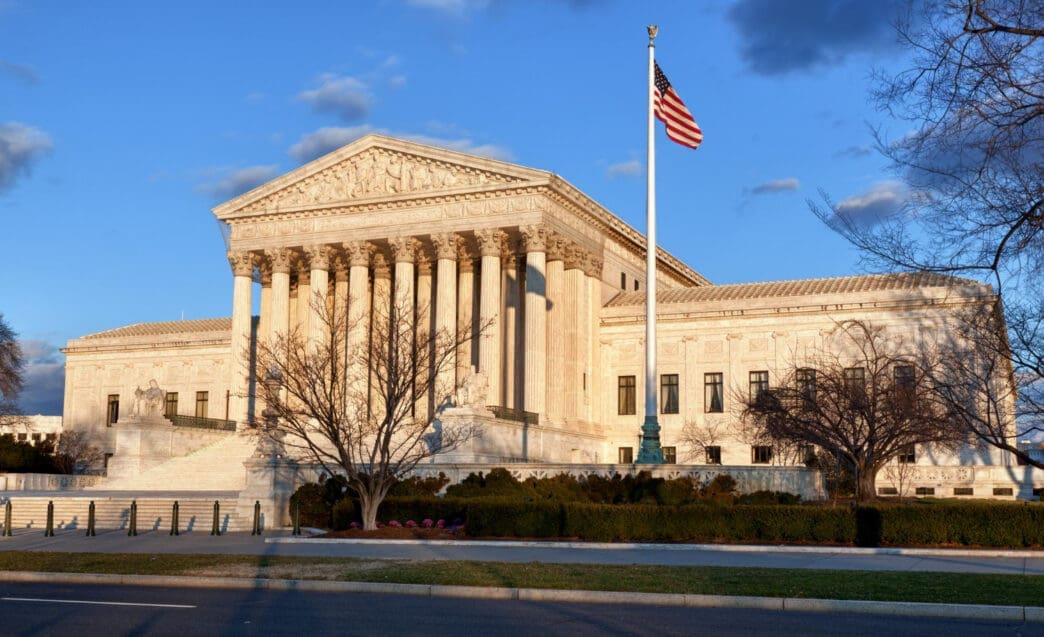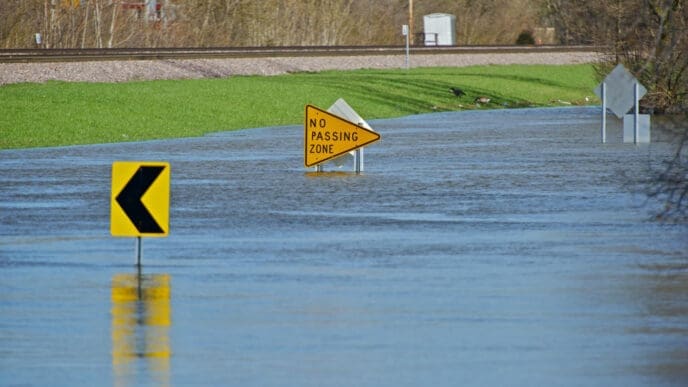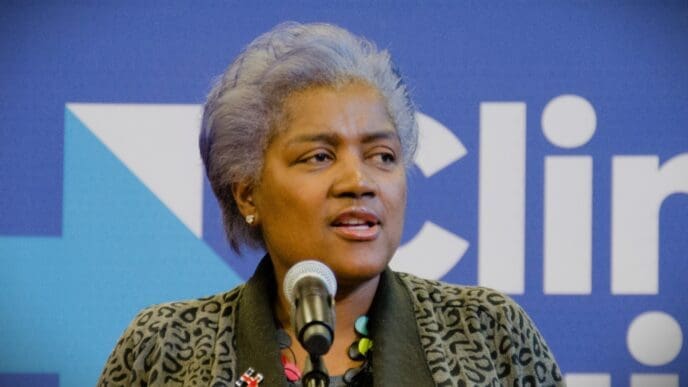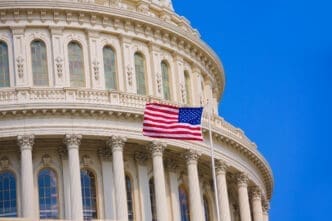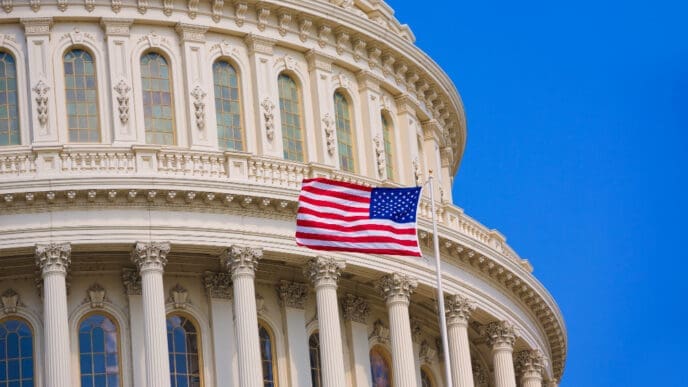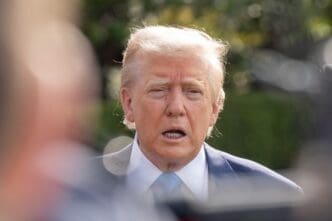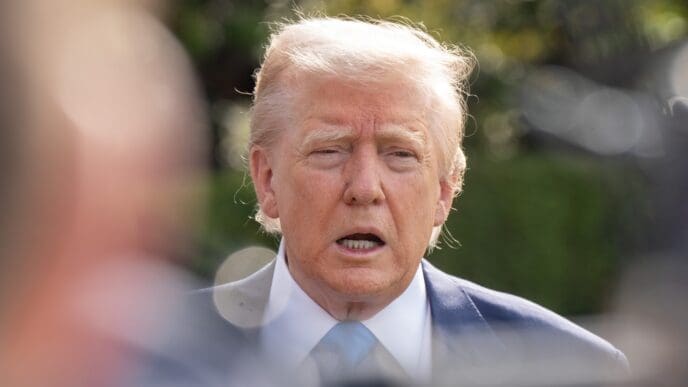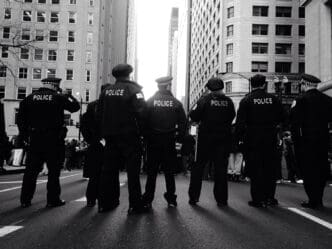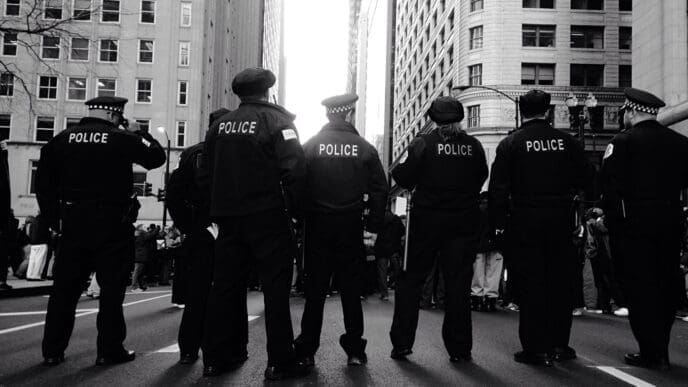Executive Summary
The Story So Far
Why This Matters
Who Thinks What?
A growing sense of frustration with lower federal courts has been articulated by some conservative Supreme Court justices, mirroring rhetoric previously used by President Donald Trump. This sentiment has emerged in a series of opinions this summer as the high court addresses a wave of emergency cases stemming from the Trump administration’s second term, with justices admonishing lower court judges for perceived defiance of Supreme Court precedents.
Judicial Rebuke and Conservative Support
Justice Neil Gorsuch, Trump’s first nominee to the Supreme Court, recently issued a sharp rebuke in an opinion related to the court’s decision to allow President Trump to cancel nearly $800 million in research grants. Gorsuch, joined by Justice Brett Kavanaugh, stated, “Lower court judges may sometimes disagree with this court’s decisions, but they are never free to defy them.”
Gorsuch highlighted that this was the third instance in weeks where the Supreme Court had to intervene in a case “squarely controlled” by one of its precedents. He emphasized that a Supreme Court decision “constitutes a precedent that commands respect in lower courts.” Legal conservatives widely praised Gorsuch’s warning on social media.
Earlier this year, Justice Samuel Alito also criticized a federal judge in a separate case involving a Trump policy, accusing the judge of “an act of judicial hubris” and “self-aggrandizement of its jurisdiction.”
Supreme Court’s Emergency Docket and Criticisms
The Supreme Court has consistently sided with President Trump on its emergency docket in recent months, addressing high-profile cases concerning immigration, spending, and the leadership of independent agencies. Steve Vladeck, a CNN Supreme Court analyst, noted that Trump has prevailed even in cases where there were strong arguments that his administration had defied a lower court.
Vladeck suggested that the justices appear more concerned with lower courts correctly interpreting their often-unexplained rulings than with the executive branch’s conduct within the federal judiciary. This perspective indicates a perceived imbalance in judicial scrutiny.
Liberal Justices’ Dissents
In contrast, liberal justices have voiced strong objections to the court’s handling of these emergency cases. Justice Ketanji Brown Jackson, in a biting dissent to the research grant decision, described the outcome as “Calvinball jurisprudence,” referencing the comic strip where “there are no fixed rules.” Jackson contended that the court’s approach seemed to follow two rules: “that one, and this administration always wins.”
Earlier in the summer, Justice Sonia Sotomayor also penned a scathing dissent in an emergency case, accusing the court of “rewarding lawlessness” by siding with President Trump. She warned that each instance of the court rewarding noncompliance “further erodes respect for courts and for the rule of law.” Justices Sotomayor and Jackson are the only two on the Supreme Court with prior experience serving on district courts.
Executive-Judicial Tensions
President Trump’s past criticisms of federal courts, though somewhat subsided, continue to be echoed by his allies who often attribute court losses to political motivations. Critics, however, argue that President Trump’s rhetoric and the Justice Department’s handling of high-profile cases are the primary causes of the tension between the executive and judicial branches.
James Burnham, a former Gorsuch clerk, supported Justice Gorsuch’s stance, stating that the defiance of the Supreme Court’s emergency orders by some lower courts is “unprecedented, extraordinary, and the Supreme Court must deal with it decisively.”
Debate Over Emergency Orders
The precise weight and interpretation of the Supreme Court’s emergency orders have been a subject of ongoing debate. Justice Alito, early in President Joe Biden’s presidency, emphasized that these orders do not establish precedent, as they typically lack oral arguments or extensive briefing and do not resolve underlying legal questions.
However, in recent weeks, a majority of justices have sought to reinforce the idea that these short-term orders should guide outcomes in similar cases. In the NIH grant decision, the 5-4 majority cited an earlier unsigned emergency order as controlling precedent. Similarly, in a decision allowing President Trump to remove Consumer Product Safety Commission members, the court referenced a prior emergency order, stating that while “interim orders are not conclusive as to the merits,” they “inform how a court should” decide short-term questions in “like cases.”
The Supreme Court also issued a notable decision this year, stripping lower court judges of the power to issue nationwide injunctions against presidential policies.
Justices Speak Out
The emergency docket has been a frequent topic during the justices’ summer speaking engagements. Justice Elena Kagan suggested the high court could “explain things better” to ensure clarity for lower courts and the public. Days later, Justice Kavanaugh defended the court’s terse emergency orders, stressing judges’ responsibility “to understand our role in the constitutional democracy” and that “We’re not the policymakers.”
The ongoing discourse highlights a significant tension between the Supreme Court’s conservative majority and some lower federal courts, particularly concerning the interpretation and application of emergency orders and the scope of judicial authority in challenges to executive actions.

